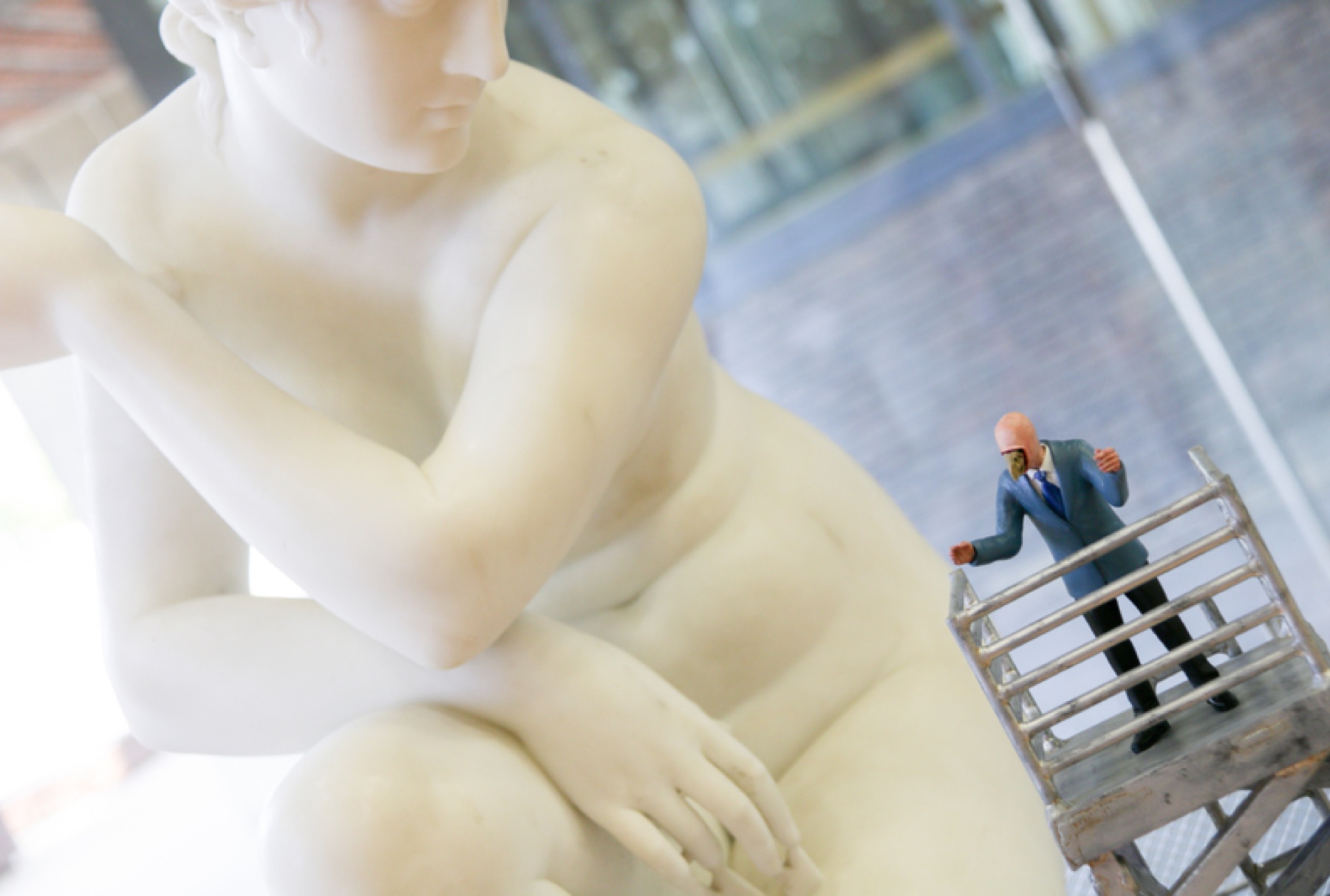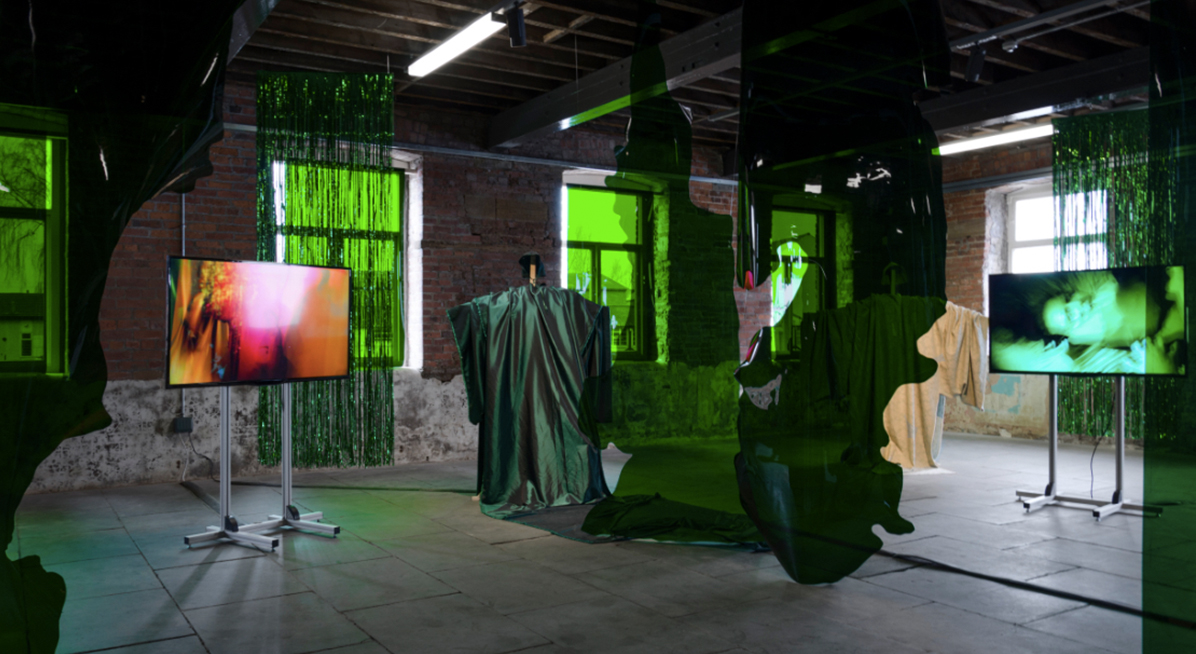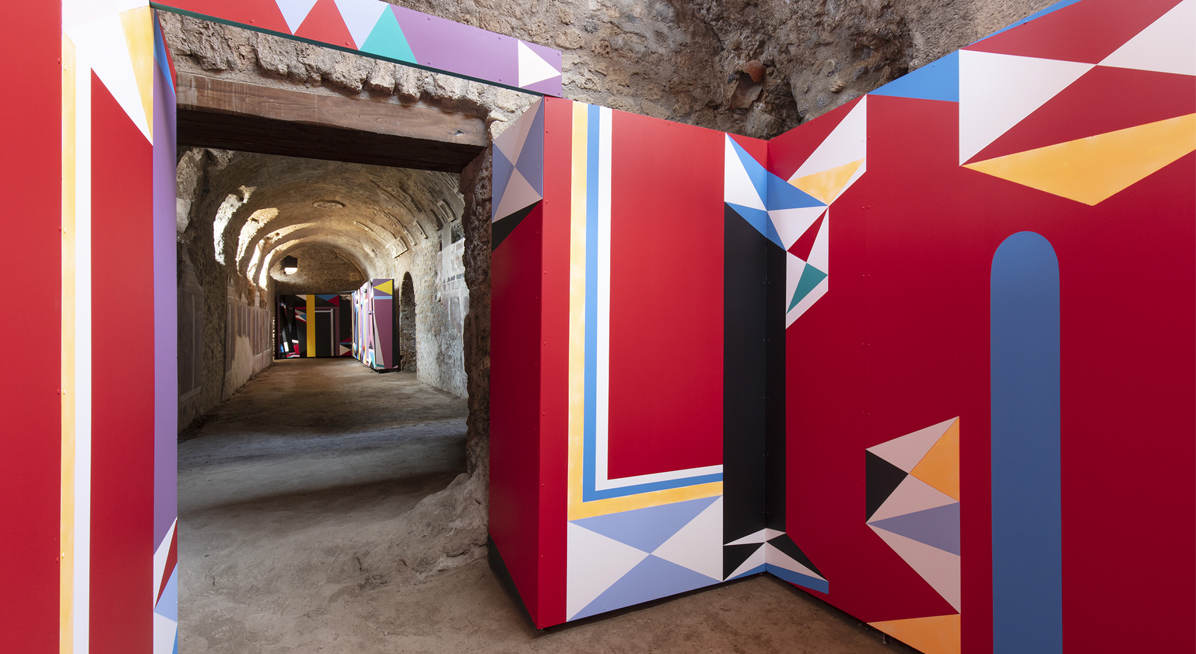Innovations through Art: Heritage, Archives and Curating as Practice
Curating, Archives and Heritage connects researchers exploring creative methods for engaging with archives and other cultural institutions.
Innovations through Art: Heritage, Archives and Curating as Practice
Curating, Archives and Heritage connects researchers exploring creative methods for engaging with archives and other cultural institutions. It supports the development of reciprocal, interdisciplinary partnerships, transforming perspectives on how cultural heritage and archives are preserved and shared. Innovative approaches to curating and exhibition making as research have drawn together practitioners and art historians (e.g. Grayson, King, Lotery). We have worked with institutions ranging from the Hayward Gallery (Wilson and Wilson) and Pavilion (Park) to the Bagpipe Museum in Northumbria (King). Innovative engagements with heritage include projects led by ECRs (Schofield), while high-level partnership has been key to projects such as MCAHE. Tyne and Wear Museums and Archives (TWAM) and Woodhorn museums co-supervised three CDAs in teams also comprising art history and practice-based staff.
Such work connects with research in which the siting of art, or the artist’s response to site in relation to the semantics, history, poetics and aesthetics of place and the politics of placement are primary concerns - issues explored through Vee Pollock’s work on the politics of siting contemporary art in relation to social inclusion agendas.
Wolfgang Weileder’s AHRC-funded ‘Jetty’ project engaged with the multi-faceted debate around the term ‘sustainability’ through the creation of a temporary large-scale architectural artwork, integrated within the impressive wooden structure of Dunston Staithes, a landmark scheduled Monument and Grade II structure on the south bank of the River Tyne. The project has been developed in collaboration with urbanist Professor Simon Guy, Director of the Architecture Research Centre at the University of Manchester, with additional project partners from the arts, heritage, education and business community.
Similarly, Andrew Burton’s AHRC- funded research project 'Creation, Curation and Exchange: Mapping Contemporary Art in the Heritage experience’, explores the commissioning of temporary visual art in heritage sites from multiple perspectives.
Catrin Huber, who works with painting, wall painting, drawing, collage, installation and more recently sound and film, investigates architectural, fictional and imagined space. Bringing all of these areas together, her AHRC-funded project: Expanded Interiors: Bringing Contemporary site-specific fine art practice to Roman houses at Herculaneum and Pompeii explores Roman wall painting and its significance for contemporary site-specific fine art practice.


.jpg)
 Template 1196 x 654.jpg)
 1.jpg)
.jpg)
.jpg)
.jpg)
.jpg)
 Template 1196 x 654.jpg)
